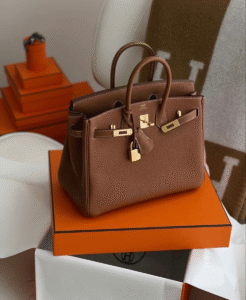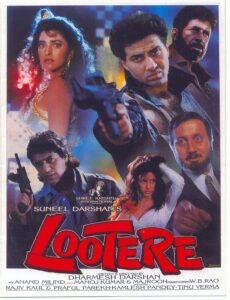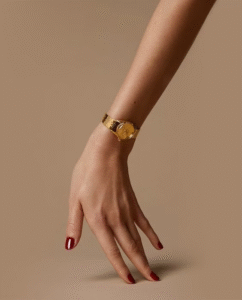‘SUPREME’ gains the “well-known” status in India
In the case of CHAPTER 4 CORP. VERSUS DHANPREET SINGH TRADING AS M/S PUNJABI, the Delhi High Court rendered in judgement in the favour of the petitioner Chapter 4 Corp.
The case dealt with a suit of trademark infringement of the petitioner’s “red-box device mark ‘SUPREME’” used in respect of ready made clothing, accessories, etc.
BACKGROUND
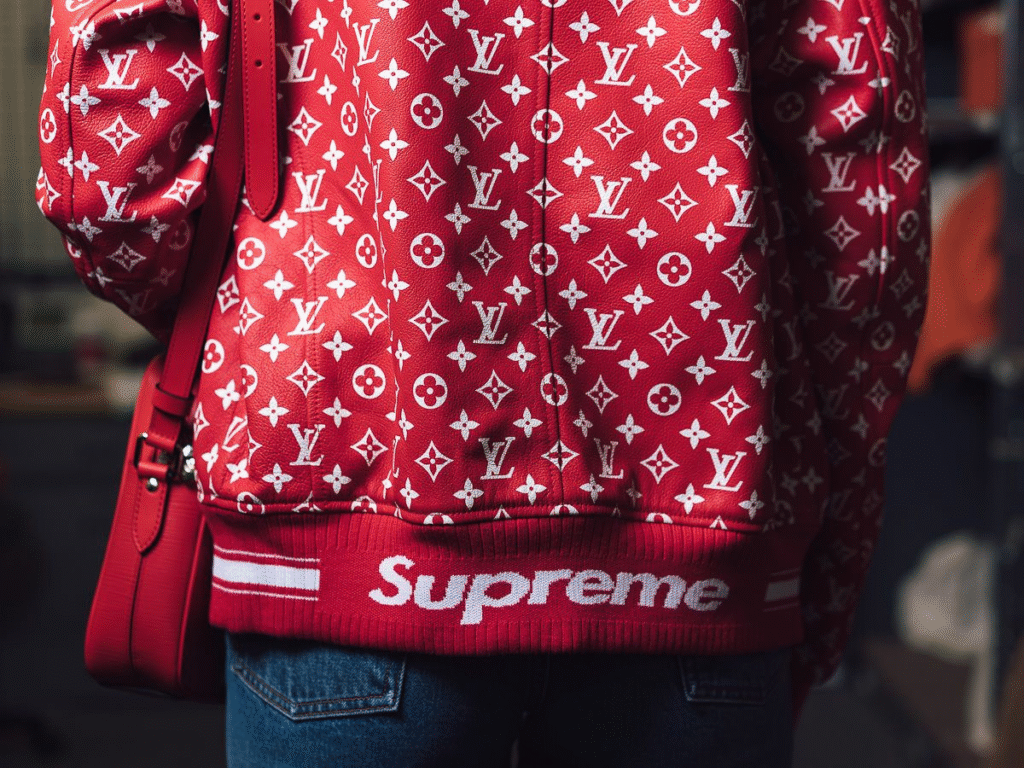
The petitioner adopted the mark ‘SUPREME’ in 1994 in the U.S.A. and the same has been used in India since 2006. The brand has more than 700 registrations for its mark ‘SUPREME’ globally, in class-25 (trademark classification).
The brand also presented a list of its applications for the registration of its mark “SUPREME” in India.
| S.No. | Application Number | Class | Date of Application | Status |
| 1 | 5584334 | 9 | 26/08/2022 | Objected |
| 2 | 5584335 | 18 | 26/08/2022 | Objected |
| 3 | 5584337 | 25 | 26/08/2022 | Objected |
| 4 | 5584338 | 28 | 26/08/2022 | Objected |
| 5 | 5584339 | 35 | 26/08/2022 | Objected |
Note: ‘SUPREME’ is not a registered mark as of yet and is under examination by the Trademark Registry. Current status of the mark remains ‘objected’.
FACTS OF THE CASE
The suit was filed against Dhanpreet Singh, trading as M/s. Punjabi Adda, an online retail store selling T-shirts.
“The grievance of the Plaintiff is that the Defendant is selling/offering for sale counterfeit readymade clothing using the SUPREME red box device mark as well as other trademarks with the word ‘PUNJABI’ written inside the box, either in English or Gurmukhi or the word ‘BROWNMUNDE’ written in English.”
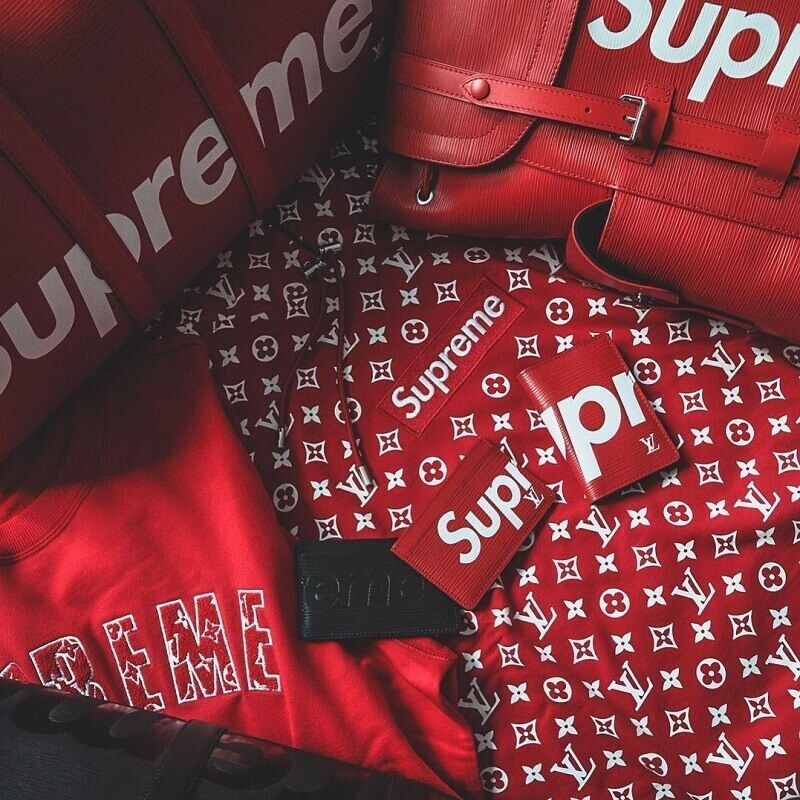
In a separate order, the court had already granted an ex-parte interim injunction in favour of the Plaintiff. The court relied on the contention of the learned counsel representing Plaintiff that not only are the rival marks identical but the goods are also identical and therefore, confusion is to be presumed under Section 29(3) of the Trade Marks Act, 1999.
The three elements of passing off namely, misrepresentation, damage to Plaintiff’s reputation by use of identical/deceptively similar mark were satisfied in the present case and the court satisfied itself that the Defendant was passing off the goods misrepresenting them to be those emanating from the Plaintiff and confusing the consumers.
The Plaintiff also relied on its copyright in the artistic work in the SUPREME red box device mark and the unauthorised copying by the Defendant constituting copyright infringement under the Copyright Act, 1957, Berne Convention and the International Copyright Order.
The parties approached the court with an application under Order XXIII Rule 3 of CPC i.e. the parties had mutually decided to settle the dispute.
In addition the Plaintiff i.e. Chapter 4 Corp. approached the court seeking a decree of declaration of the mark “SUPREME ” as a well-known mark alongside the order of permanent injunction.
WELL-KNOWN MARK AN INDIAN PERSPECTIVE
According to the Trademarks Act, 1999 section 2(zg) defines a well-known mark as:
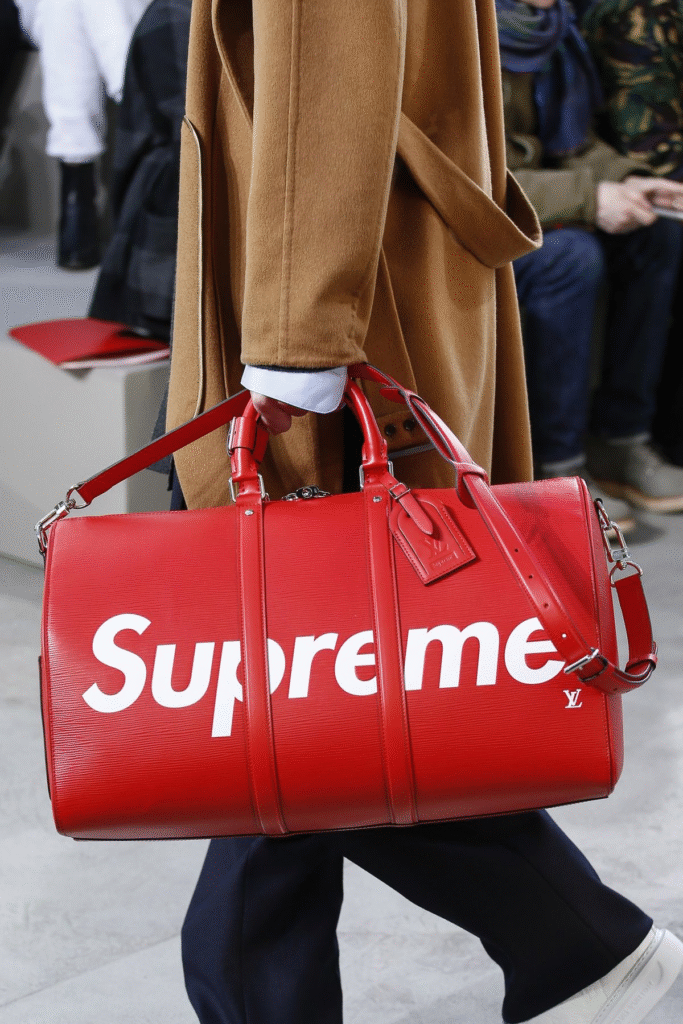
“well known trade mark”, in relation to any goods or services, means a mark which has become so to the substantial segment of the public which uses such goods or receives such services that the use of such mark in relation to other goods or services would likely to be taken as indicating a connection in the course of trade or rendering of services between those goods or services and a person using the mark in relation to the first mentioned goods or services.
It is highly advantageous for any brand to get their trademark recognised as a well-known mark because unlike other trademarks whose goodwill and reputation is limited to a certain specified geographical area and to a certain range of products, well-known trademarks have its goodwill and reputation protected across the nation and across categories of goods and services.
It is law that restricts the Trade Mark Registry to allow and register any mark as a trademark which is deceptively similar to any of the well-known trademarks. For instance, Google has been registered as a well-known trademark of Alphabet Inc., which thereby means only Alphabet Inc. can register the term ‘Google’ for any category of goods and services. Even if the service is not related to the Internet industry, no other company but Alphabet Inc. can register ‘Google’ as its trademark.
The Trademark Rule, 2017 provides for the procedure for filing an application for the registration of a trademark as a well-known mark.
Along with the application and the government fees, the applicant must also provide evidence regarding the mark’s popularity as well as evidence of successful enforcement of rights in case the trademark has been recognised as well-known by the court in India or TM Registrar (this includes Copy of judgement of any court or the Registrar wherein the trademark has been recognised as well-known.
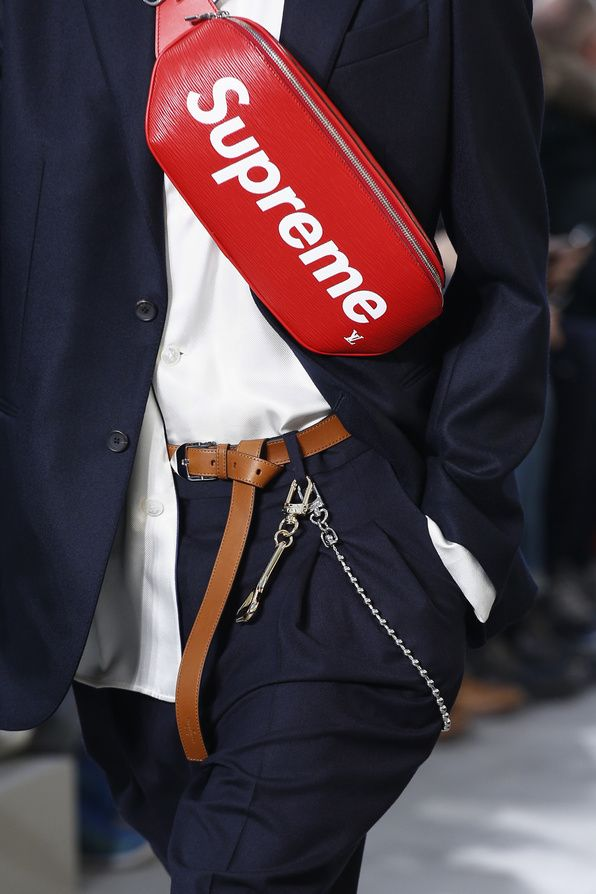
Accordingly, many brands in India take trademark enforcement seriously in order to ensure protection of their marks and their economic interests and often litigate against their infringers, in order to acquire due recognition for their registered marks as “well-known” marks.
Other information that is required during the application for recognition as well-known mark includes the following:
Use of trademark, or any application filed for registration of trademark, or registration obtained.
- Annual sale turnover of the business of the claimant.
- Actual or potential number of customers under the said trademark.
- Publicity and advertisement of the said trademark along with the expenses incurred thereof.
- Knowledge or recognition of the trademark in relevant sections of the public across the globe.
Accordingly, the Plaintiff presented information regarding its 14 exclusive retail stores under the mark “SUPREME” around the world including in Japan, UK, France, Italy and Germany, as well as its continuous collaborations with photographers, artists, musicians, filmmakers & designers to create a unique brand identity of its mark.
The Plaintiff represented its valuation in 2017 which was estimated to be 1 billion USD as well as the value of its acquisition by M/s. VF Corporation in 2020 for 2.1 billion USD, establishing itself to be a highly esteemed or “well known” brand in the eyes of the public.
In addition the Plaintiff also provided insights into their business model of scarcity and their ‘guerrilla’ marketing approach which was also highlighted in a study titled “Supreme: Remaining Cool While Pursuing Growth” [Jill Avery, Sandrine Crener, Marie- Cecile Cervellon, and Ranjit Thind, Harvard Business School Case 522=006, July 2021, (Revised January 2022)].
Attention was also diverted towards public figures who have often endorsed the brand such as Diljit Dosanjh, Ranbir Kapoor, Justin Bieber, Madonna, Beyonce, Rihanna, Karan Johar etc.
JUDICIAL TREND IN ACKNOWLEDGEMENT OF WELL-KNOWN MARK
The Court relied on previous judgements of the court in the case of Levi Strauss and Co. v. Interior Online Services Pvt. Ltd. [CS (COMM) 657/2021, decision dated 24th March 2022]. In this particular case, the Delhi High Court had referred to an international precedent in the matter of Lois Sportswear, USA, Inc. versus Levi Strauss & Co. 631 F. Supp 735 (S.D.N.Y. 1985).
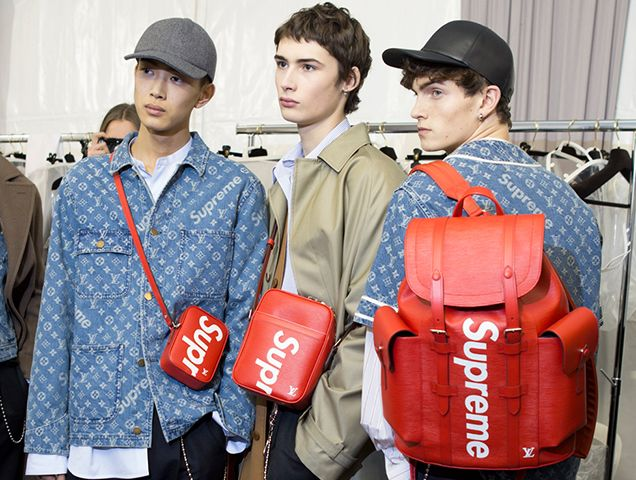
The two cases discussed the “arcuate” mark i.e. the back pocket signature, or the the pattern or design of stitching that is done by the manufacturer on the back pocket of a jeans bottom wear.
The US District Court had held that Levi’s arcuate mark was a strong mark that qualified for a high degree of protection and was a fanciful design which had no function other than as a source indicator. It was further held that the Levi’s arcuate was not merely a fragment of a larger mark but instead had an independent degree of recognition and connection with Levi Strauss.
Accordingly, the Delhi High Court in this case also found that even though many stitching patterns are usually to denote some aesthetic or visual appeal, in this case the pattern was an indicator of the source of origin of the brand of jeans irrespective of any name or logo, then the Court is bound to scrutinise whether such a pattern has acquired some distinctive or secondary meaning in the eyes of the consumer.
Another important judgement referred to by the Delhi High Court in the ‘SUPREME’ case was the judgement of Hermes International versus Crimzon Fashion Accessories Pvt. Ltd. [2023 SCC OnLine 883] wherein, the Hon’ble court had relied on section 11 (6) of the Trademarks Act, 1999 to determine the well-known status of Hermes and the associated “H” mark.
JUDGEMENT
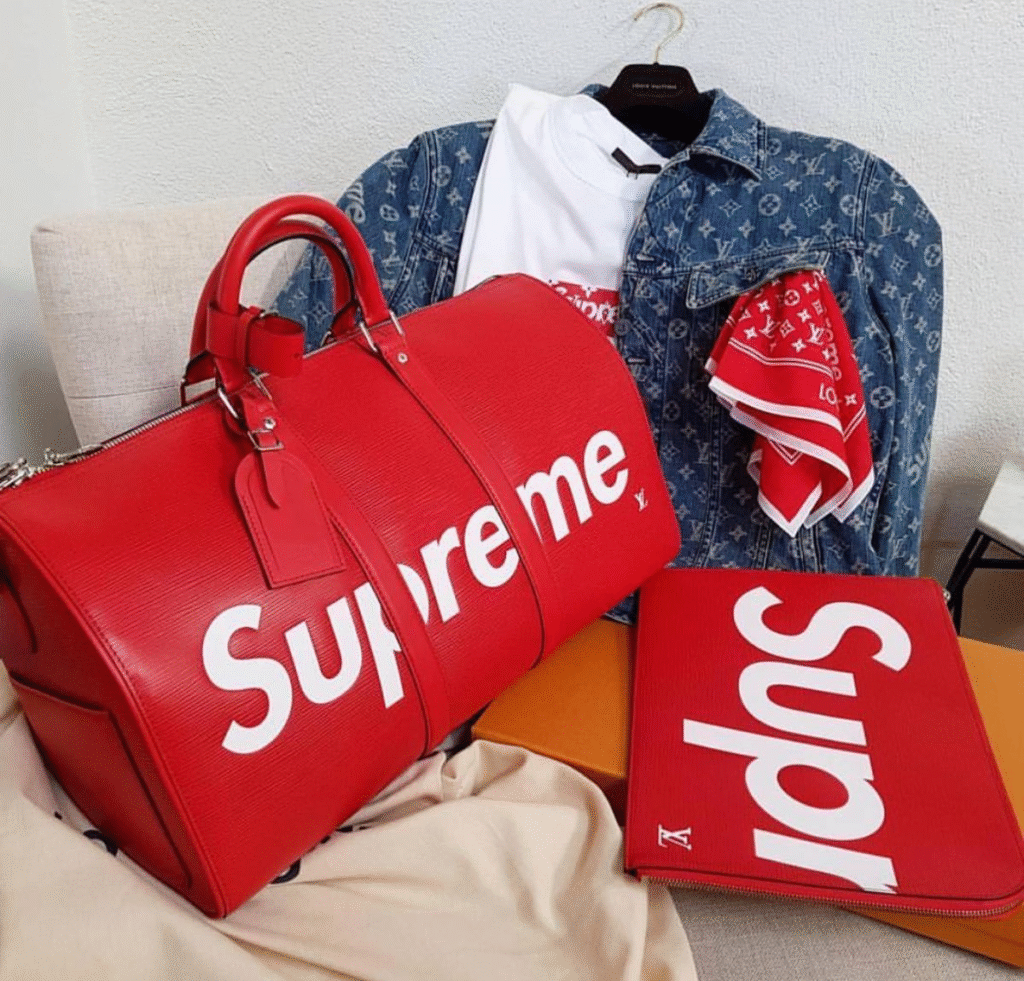
Satisfying itself with SUPREME’s popularity and continuous usage since the past 29 years, the court passed a decree declaring the red-box device mark as a ‘well-known’ mark.
This is highly beneficial for the brand, since all of its trademark applications had been currently facing objections from the Trademark Registry post the examination, due to a lack of clear distinctiveness. Not only will the Delhi HC’s judgement provide protection of the ‘SUPREME’ mark against any unauthorised use but also enable it to register its mark in India, without having to go through the tedious process of trademark registration.

